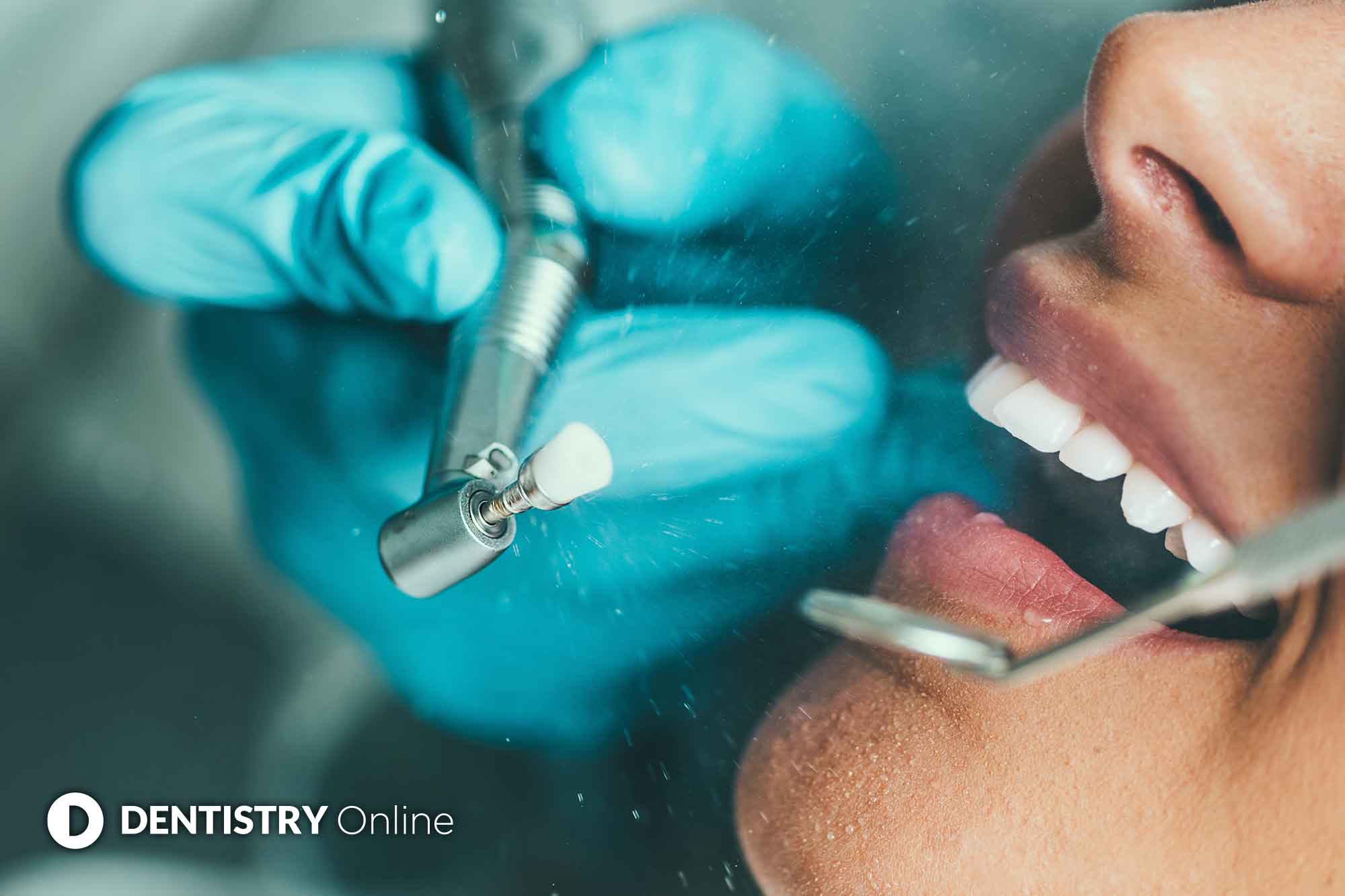 Rohini Pancholi explores ways we can reduce aerosols and therefore the spread of COVID-19 when we polish patients’ teeth.
Rohini Pancholi explores ways we can reduce aerosols and therefore the spread of COVID-19 when we polish patients’ teeth.
The world of dentistry is currently facing controversies, queries and many broad questions. As we battle through COVID-19 we need to prioritise safety and high quality patient care.
Since we have returned to work, there are a number of revised guidelines put in place to ensure we are minimising the risk of infection spread to ourselves, colleagues and patients.
A procedure carried out so freely and easily pre COVID is tooth polishing, which is now a huge topic of discussion.
Should we be polishing for our patients? Is it clinically necessary? What risk am I at in tooth polishing during this pandemic?
These are some of the questions that have been circulating within the dental place. Let’s discuss and recognise the optimal ways in managing tooth polishing during a pandemic.
Tooth polish splatter
Tooth polishing pastes are commonly known as prophy pastes and clinicians often use them with a rubber cup/brush to remove extrinsic staining, disrupt biofilm and remove dental plaque/soft calculus.
We can categorise the pastes into fine, medium and coarse grit pastes. They contain a compound called Perlite, which is the active agent in helping to remove staining with low tooth abrasion.
There is data and clinical evidence to indicate prophylaxis does cause splatter in a sporadic manner.
This can travel between 15-200cm from the patient’s mouth, which may put the clinician/nurse at risk. It could make contact with their eyes, mouth and their skin.
Therefore it is critical for dental staff to wear an appropriate level of personal protective equipment (PPE) at all times.
AGP or non-AGP?
We can classify dental treatments into two different groups, aerosol generating procedures (AGPs) and non-AGP treatments.
AGPs are defined as treatments that result in the production of airborne particles, ie aerosols. Typically this is with the use of a high-speed dental instrument, which generates spray into the air. This aerosol spray will consist of the materials we use on the teeth, water, saliva and any bacteria that are colonising in the mouth.
Viruses are also present in saliva; which is why there is controversy around the possible transmission of the SARS-coV-2 virus.
Aerosol transmission via air polishing using a high-speed handpiece is an AGP treatment. We should only carry this treatment out if necessary and essential for the patient.
Prophy polishing using a slow-speed handpiece is acceptable but can still come with risks.
Standard operating procedures
The standard operating procedures (SOP) discuss the possibility of tooth polishing causing splatter further. The Faculty of General Dental Practice ( FGDP) released a revised statement to indicate the provision of prophylaxis during COVID.
The FGDP have worked alongside different governing bodies to clarify the guidance in prophylaxis as a non AGP.
- Prophylaxis carried out with a slow-speed handpiece, no water, reduced prophy paste is categorised a non AGP
- Clinicians can safely undertake this as long as all team members are wearing level 2 PPE.
Before opting to carry out a tooth polish consider:
- Have we screened the patient for their COVID-19 status?
- Is the polish necessary/essential for that visit?
- Does my patient have plaque retentive staining that would impede their periodontal health?
- Is my surgery room well ventilated?
- Have I discussed realistic expectations with the patient?
- Do I have high volume aspiration in use?
- Is my patient a regular attendee and motivated?
- Do I have a nurse to work alongside?
My top 10 tips for prophylaxis during COVID
- Carry out a risk assessment for the patient – identify whether there is a clinical need for the patient to have a polish at their visit
- Identify the periodontal status of the patient and whether a polish is justifiable
- Dry teeth with gauze prior to polishing to reduce the contact of prophy polish and saliva
- If possible use a soft nylon brush to help reduce splatter
- Check ventilation is active (doors and windows open where possible)
- High volume aspiration is in use
- Use minimal prophy paste
- Combine the use of prophy paste with Epitex polishing strips; this will manage inter-proximal staining better, follow this by flossing through anterior contacts
- Write concise and comprehensive notes
- Ensure the surgery and communal areas within the practice are fully cleaned and decontaminated between patients.
As a clinician we make decisions on what is best for our patient, ourselves and also the team around us.
Do not feel uneasy or anxious about taking charge during these times. It is a new world which we are all trying our upmost best to adapt to.
Be mindful that colleagues may value a different opinion to yourself and patients may also not fully understand certain procedures and cautions. So consider, discuss and control each patient’s treatment specifically for them. Assess always in the patient’s best interest.
Follow Dentistry.co.uk on Instagram to keep up with all the latest dental news and trends.


